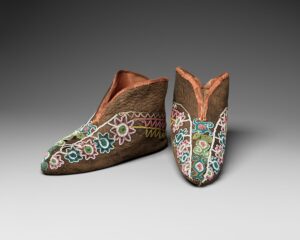
Visiting Scholar
Dr. Sungtae Son's Lecture at The Korea Socity, Thurs, Nov 14 at 6 PM (EST)
Unveiling Ancient Korean Traces in Native American Culture and Language: A Northeast US Focus
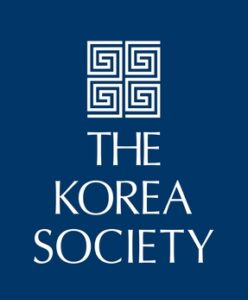 The Korea Society
The Korea Society
Nov 14, 2024 at 6 PM
350 Madison, 24th Floor | New York, NY 10017 | Tel: (212) 759-7525

Washington Heritage University
Nov 18, 2024 at 10:30 AM
11240 Waples Mill Rd, Fairfax, VA 22030
The newly formed Moccasin Institute is dedicated to advancing research in Native and Indigenous Studies across America and beyond. We explore the origins of Native and Indigenous peoples through various fields, including linguistics, history, archaeology, anthropology, population genetics, music, and the arts.
Moccasin . Mog Hwa Sin (목화신)
The evolution of “mog hwa sin” (목화신) to “moccasin” is a competing example of the linguistic connections between ancient Korean and Native American languages. It encompasses sound and meaning correspondence, a plausible phonetic shift, cultural context, and distinctiveness, making it difficult to dismiss as mere coincidence. This example supports the broader argument for a historical relationship between these languages and cultures, urging further research and consideration of this compelling theory.
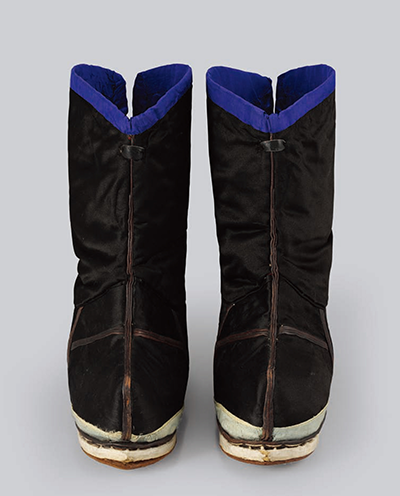
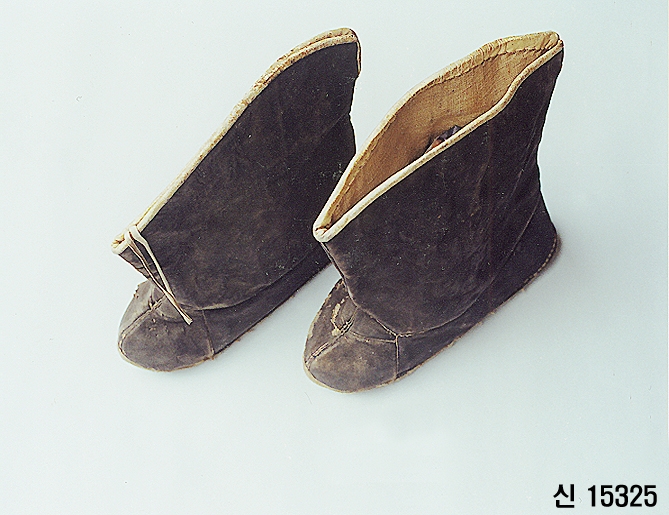
Mog wha sin were shoes made of leather that civil and military officials in the Joseon Dynasty wore with official uniforms or wedding attire. The outer skin and bottom of these shoes were made of leather, and the inner surface was made of hemp cloth to make them comfortable to wear.
Above image from
The National Museum of Korea
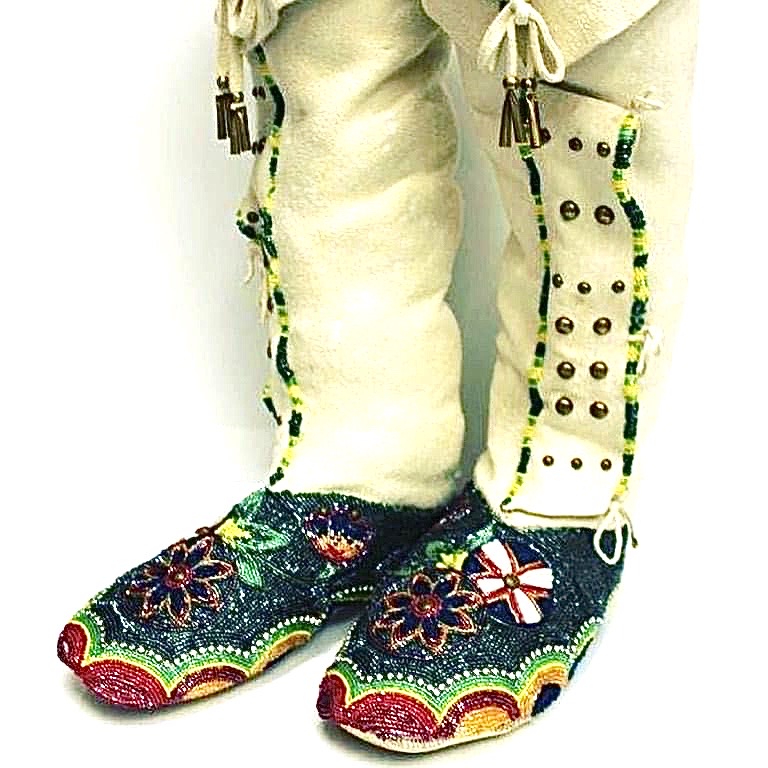

Moccasins, a type of traditional Native American footwear, were typically made of soft leather and known for their comfort and practicality. The term “moccasin” is likely derived from the ancient Korean word “mog hwa sin” (목화신), meaning “wooden shoes.” This linguistic connection suggests a possible link between ancient Korean and Native American cultures.
- The example of “mog hwa sin” (목화신) evolving into “moccasin” is a compelling piece of evidence supporting the theory that Native American languages have ancient Korean roots. The Korean term “mog hwa sin” (목화신), translates to “wooden shoes,” aligning even more closely with the concept of sturdy footwear like moccasins. The remaining points of the analysis remain valid:
- Phonetic Evolution: The phonetic shift from “mog hwa sin” to “moccasin” still demonstrates a plausible linguistic progression.
- Cultural Context and Resourcefulness: The use of “mog” (목) for wood in Korean highlights the historical use of natural materials for crafting tools and footwear. This resourcefulness would likely have transferred to utilizing available materials like leather in the Americas.
- Distinctiveness: The term “mog hwa sin” remains unique to the Korean language, strengthening the argument for a direct linguistic connection rather than a coincidental similarity.
- The evolution of “mog hwa sin” (목화신), meaning “wooden shoes,” to “moccasin” further solidifies the linguistic connection between ancient Korean and Native American languages
